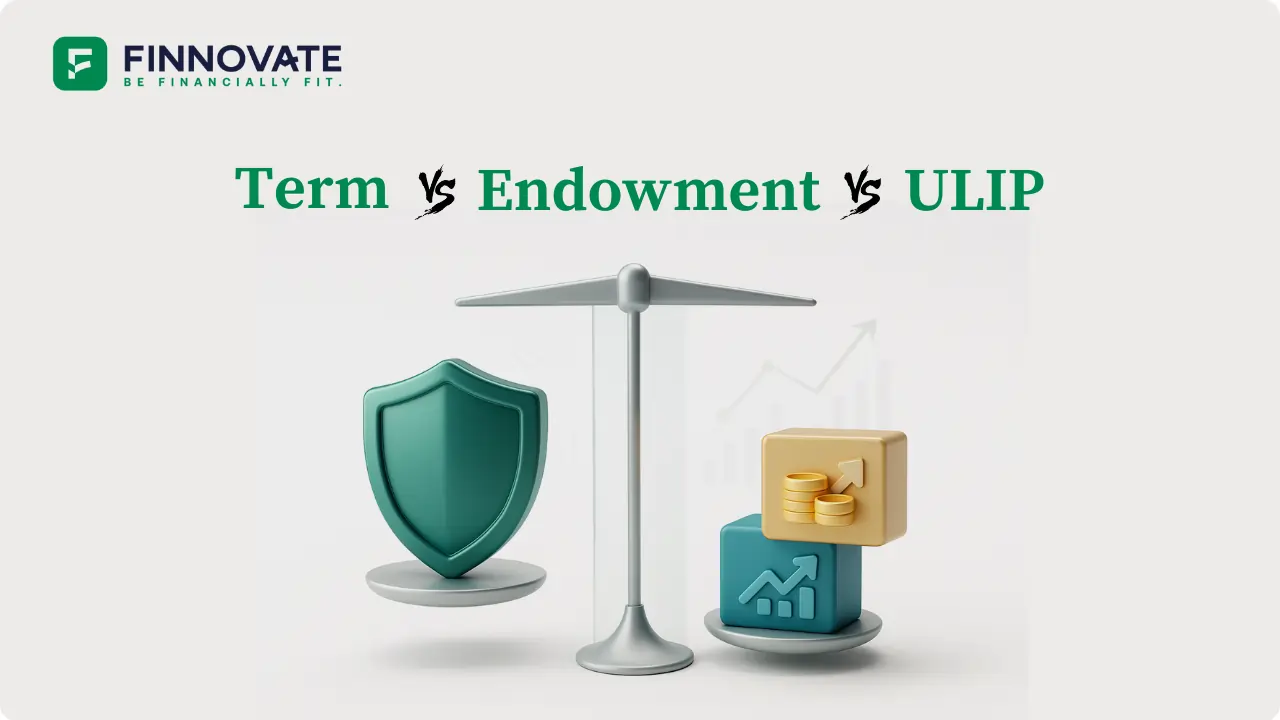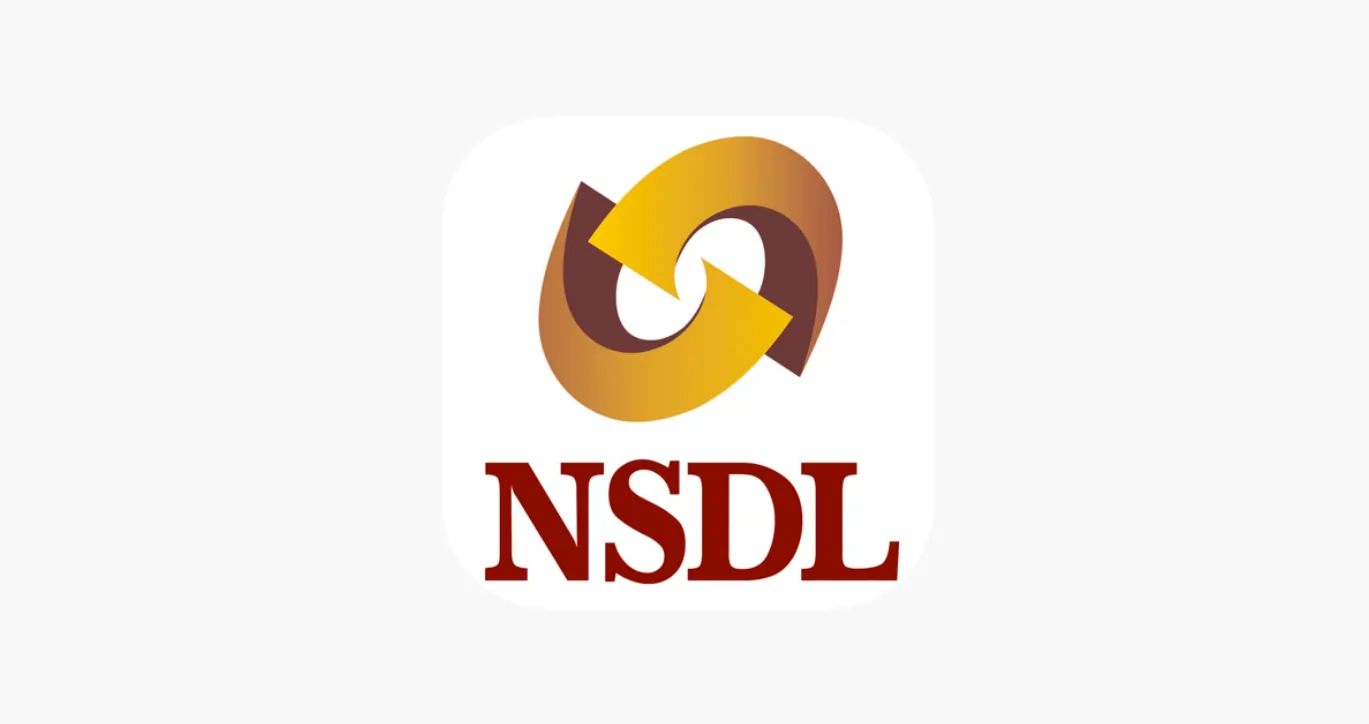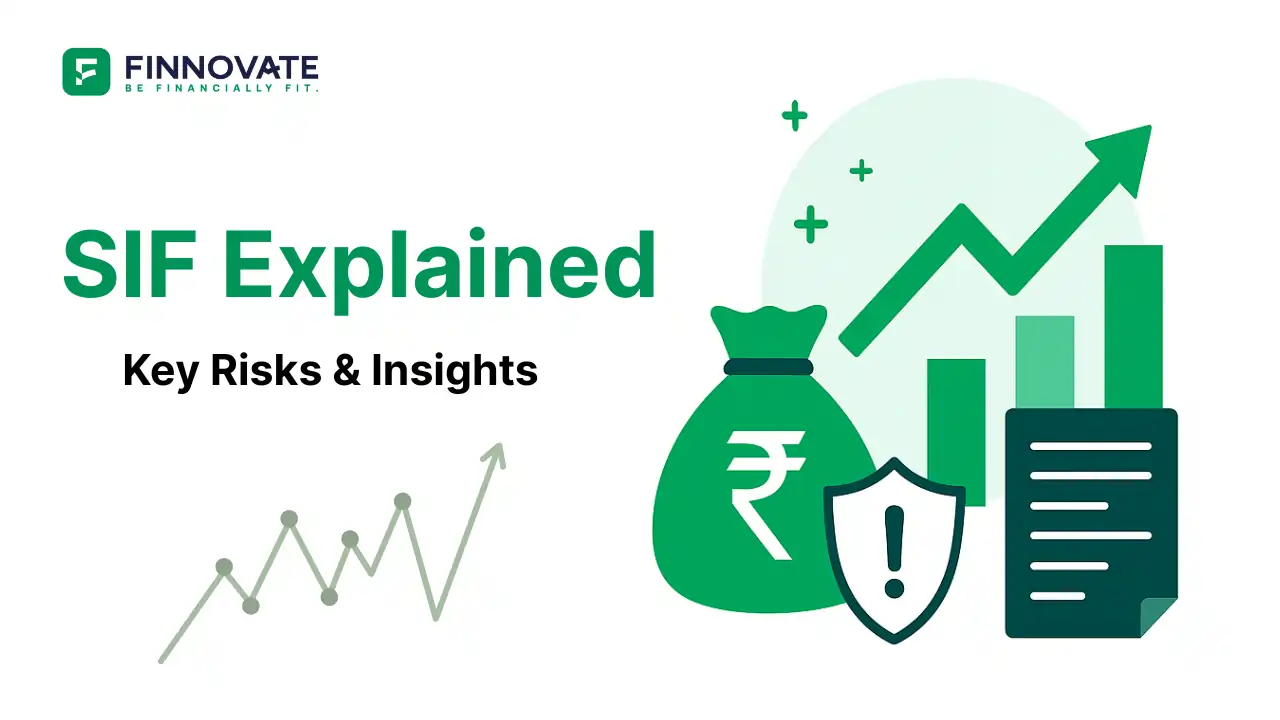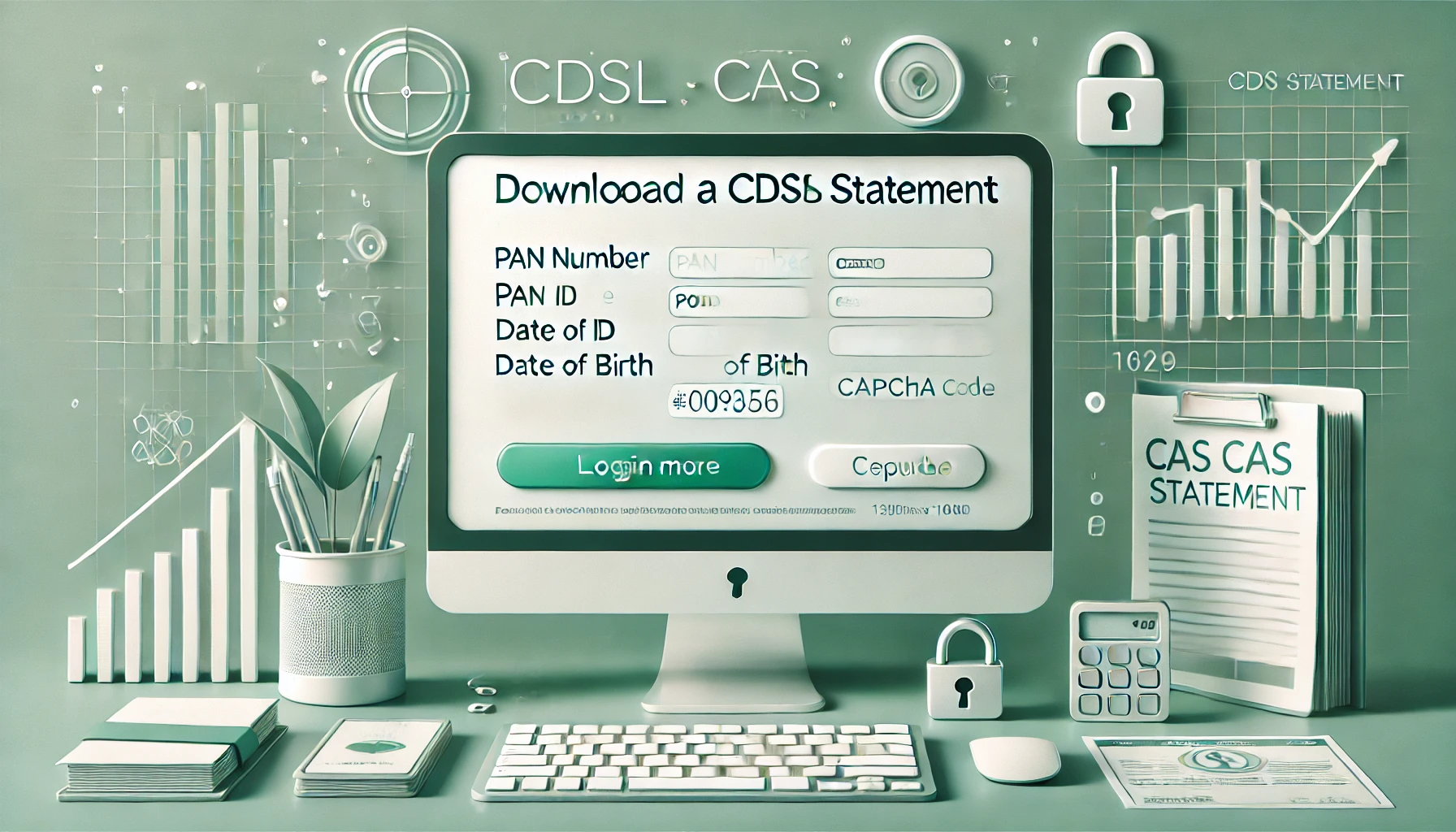
Term vs Endowment vs ULIP: What Should You Really Choose?
Compare Term Insurance, Endowment, and ULIP in a clear, unbiased way. Understand costs, co...
In today's discussion with Radhika, Shantanu, and Priya, we explored the critical importance of investing for our life goals, like funding our children's education or planning for retirement. But before we dive into investing, it’s essential to first get risk out of our lives.
One of the main risks is income loss. If you're the primary earner in your family and something happens, what will your dependents do? To secure your family’s future, the first step is to identify:
We also discussed how to quantify risk using two methods:
This helps us determine the optimum amount of term insurance needed to replace lost income if something happens to the earning members of the family.
Next, we examined health insurance. It’s important to ensure that all dependents are covered with adequate health insurance. Relying on just your employer’s health insurance is not enough—having a personal health insurance policy is always a wise move. In case there’s a history of critical illness in your family, it’s a good idea to add a critical illness cover to your policy.
We also discussed the importance of having personal accident and disability cover. When we are young, the chance of loss of income due to accidents is higher than sickness, so having this coverage helps mitigate that risk.
To summarize, the key elements of a robust risk plan are:
With these measures in place, we can greatly reduce the risk that our families carry. In the next series, we will discuss an important topic in personal finance: estate planning.
Check out the video below for a detailed explanation of today’s discussion:
Popular now

Learn how to easily download your NSDL CAS Statement in PDF format with our step-by-step g...

Explore what Specialised Investment Funds (SIFs) are, their benefits, taxation, minimum in...

Learn How to Download Your CDSL CAS Statement with our step-by-step guide. Easy instructio...

Analyzing the potential economic impact of the 2025 India-Pakistan conflict on India's GDP...